
Conversation between G.E. Liu and gallery director Sara Nickleson
June 27, 2022
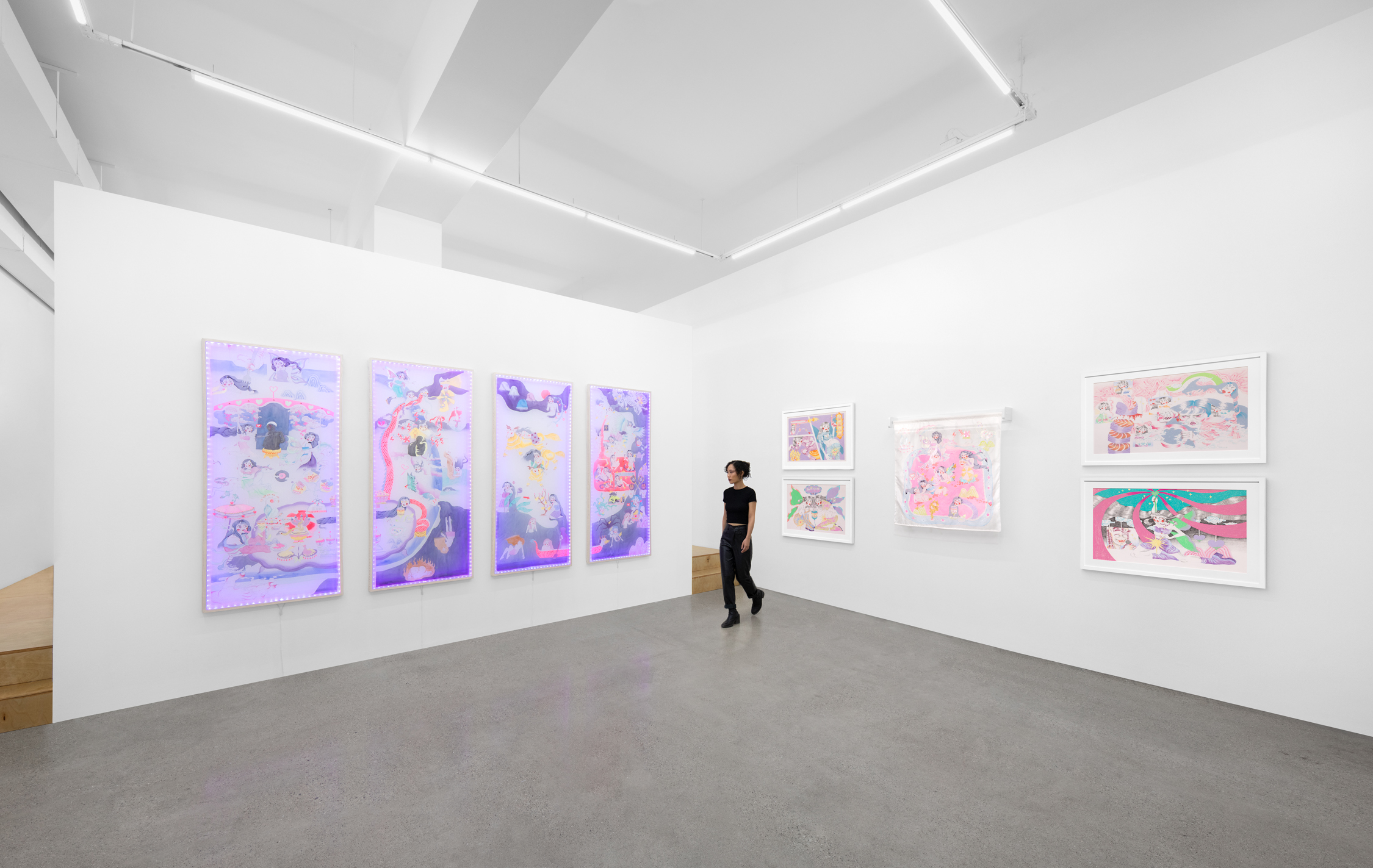
Sara Nickleson: I’m so happy to speak with you. We’ve obviously been working together quite a lot on your presentation for Anatomy, and the more that I hear from you about the ideas behind your work, the more excited I get. I think that it’ll be really good for the two of us to get into some details, and maybe touch on a few things that haven’t come up in other conversations. At this time, you are in Taiwan for a little while before heading back to the US. Do you feel like the work that you’ve been making since you’ve been back home has changed from what you were creating in the US? I’m curious about the influence of the pandemic, as well - I know when you first got there, you were under strict quarantine for a few weeks.
G.E. Liu: Yeah, that’s a really good question. I feel like when I got back to Taiwan the most challenging thing for me to do was settle in and find support, you know, because I don’t really have a tribe here. My work had evolved a lot in the States. And once I got back to Taiwan, I found that people here are generally having a bit of a hard time appreciating it. I feel like my number one priority was to create a safe space for me to work. And it can be hard sometimes, but I believe it’s a challenge that will be worth it because this is just what my work is about - how to travel between the definition of good and bad, and Eastern and Western cultures and how to own that ambiguity. That kind of in a way represents the complexity of a human being. So it’s been awesome, like, I’m living in my research in a way.
SN: Well, exactly. Because in each piece, there’s Western influence and there’s Eastern influence. You grew up in Taiwan but then came to the US for a few years, then back to Taiwan now with plans to settle back in the U.S.- it seems really important for your work to continue to be in both places, moving back and forth and revisiting certain things. And regarding the pandemic - as awful and tragic as it has been - for some people, it may have forced them to slow down in a way that was very necessary. Whether it’s taking a break from work or thinking about the things in your life that need to change.
G.E.: That is actually a part of what my work is about; some ideas that have already been in my work since pre covid are isolation and celibacy and these apocalyptic narratives and stories. I really can resonate with what you said about a silver lining because although it feels hopeless in a way, I see how people in the west have adjusted quickly to a new norm and I think I did learn from that .. I feel like I added another layer to my work with this passive hope that, you know, it’s not always going to end really badly. Now we know that a global pandemic is not an entirely hopeless situation. I feel like that realization has affected my work.
SN: Right, and you’ve talked about the way that challenges and traumas can either ruin you or they can make you stronger, which is a really important part of your work - showing both sides of difficult situations. It’s interesting to see the connections between the time we’re living in right now and your work in relation to the body as well. People are thinking about their health and the vaccine - as well as talking about alternative remedies - and you explore Chinese alchemy and elixirs. Those parallels are very relevant.
G.E.: Yeah. The idea of Chinese alchemy was enhanced for me during the pandemic because at its root it is about achieving immortality, and in the pandemic there has been so much death. So those two narratives really came together for me.
SN: I’m really fascinated by the way you lay out some of your compositions: there’s this central idea or a central figure, and then all of these other ideas and elements branch off of that. It’s beautiful but it also conveys that there are complex things happening and these concepts are all connected. It almost reminds me of a diagram. I’m really interested in how that plays out as you are making it; do you feel as if it’s sort of a mind map, working itself out within the piece?
G.E.: Yeah, I really prefer working that way most of the time. I mean, I still have works where the composition is done prior to the painting itself. But most of the time I just really love to grab a liner (marker) and just go with the flow. To me that is the best way to explore things that go beyond my understanding, and I discover even more that I didn’t know before. Because if I already have an accurate sketch then I would already know everything that is going into that painting. So I really enjoy exploring that type of diagram layout, and in the process of painting I can think of new narratives that connect. It’s an unexpected result.
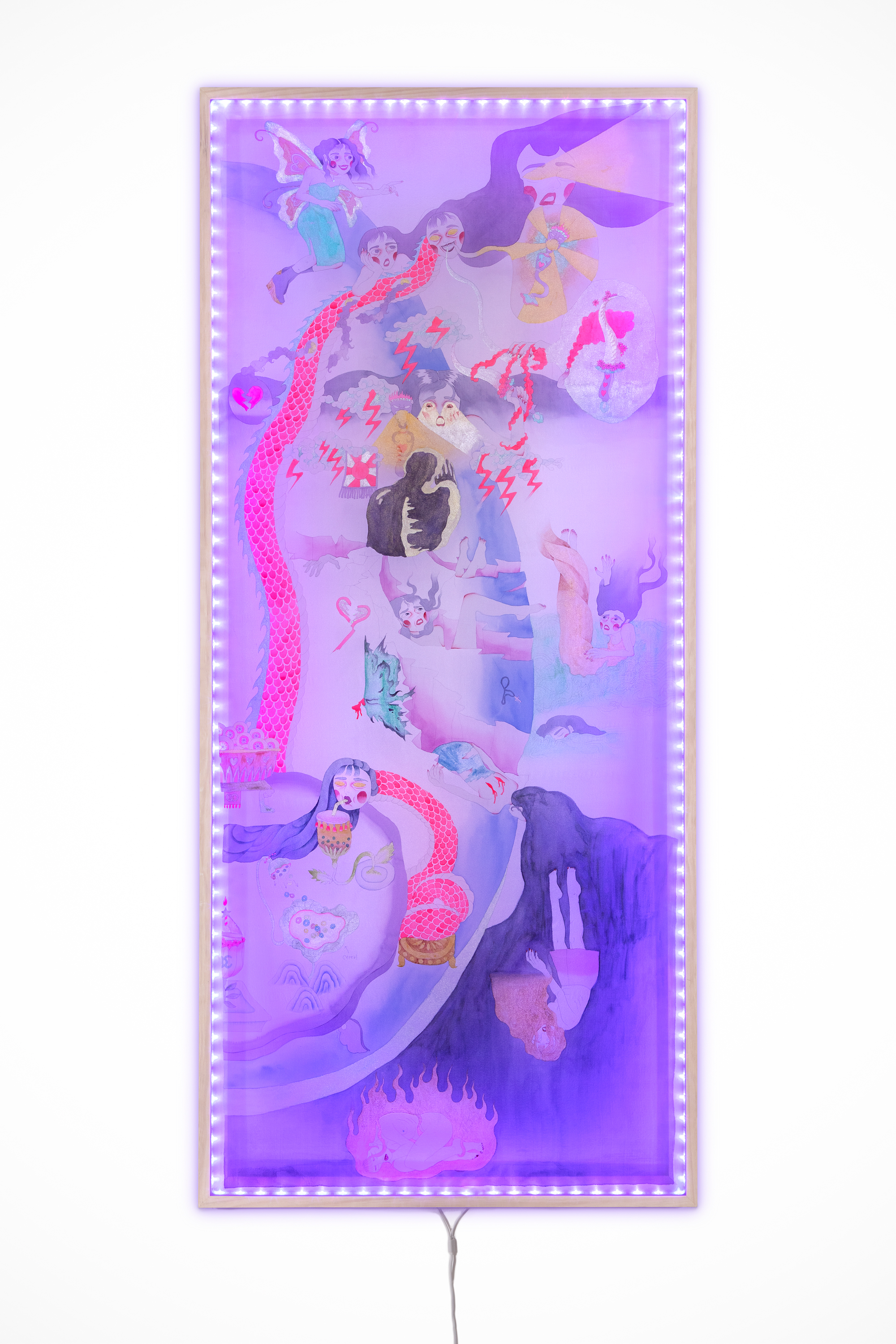
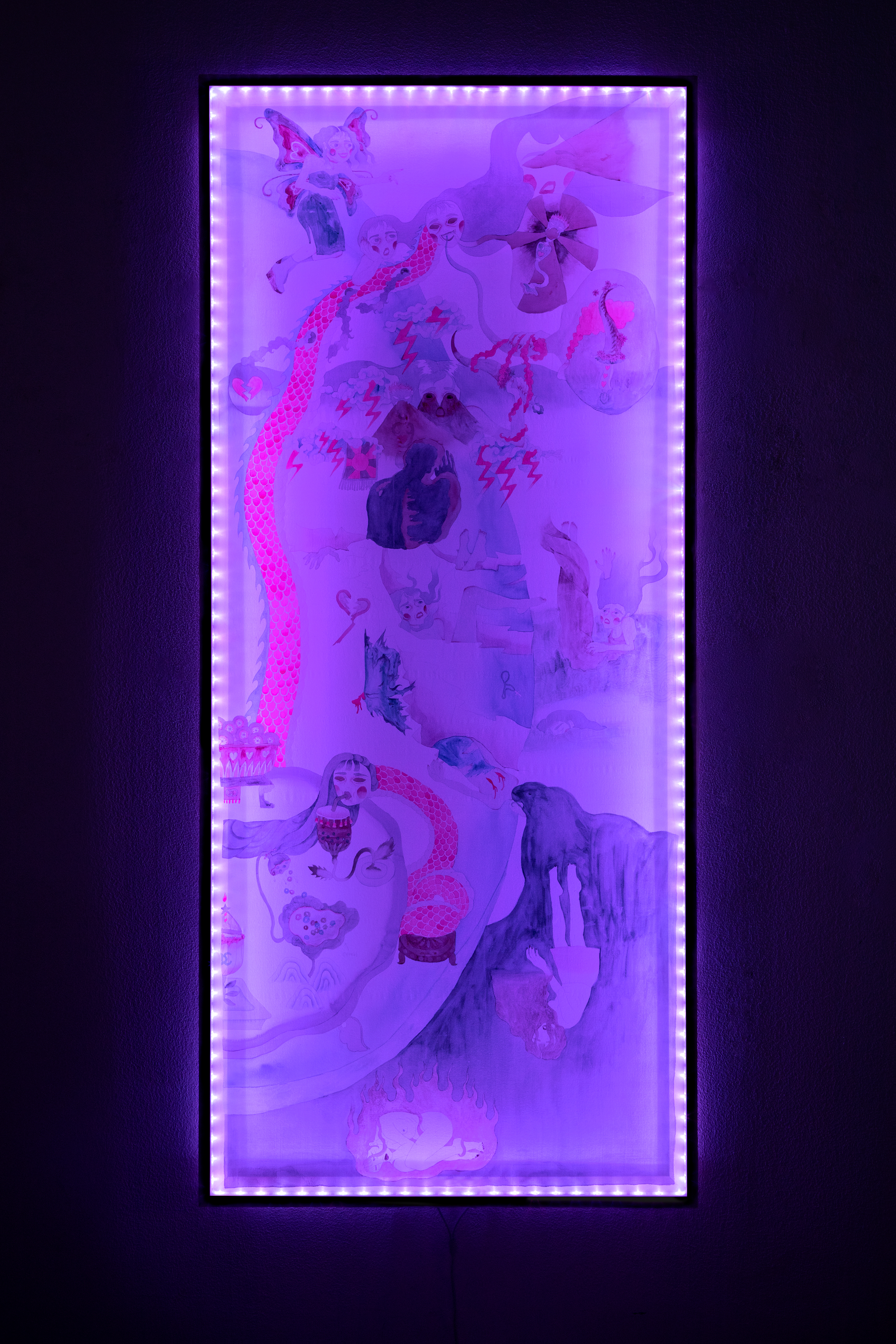
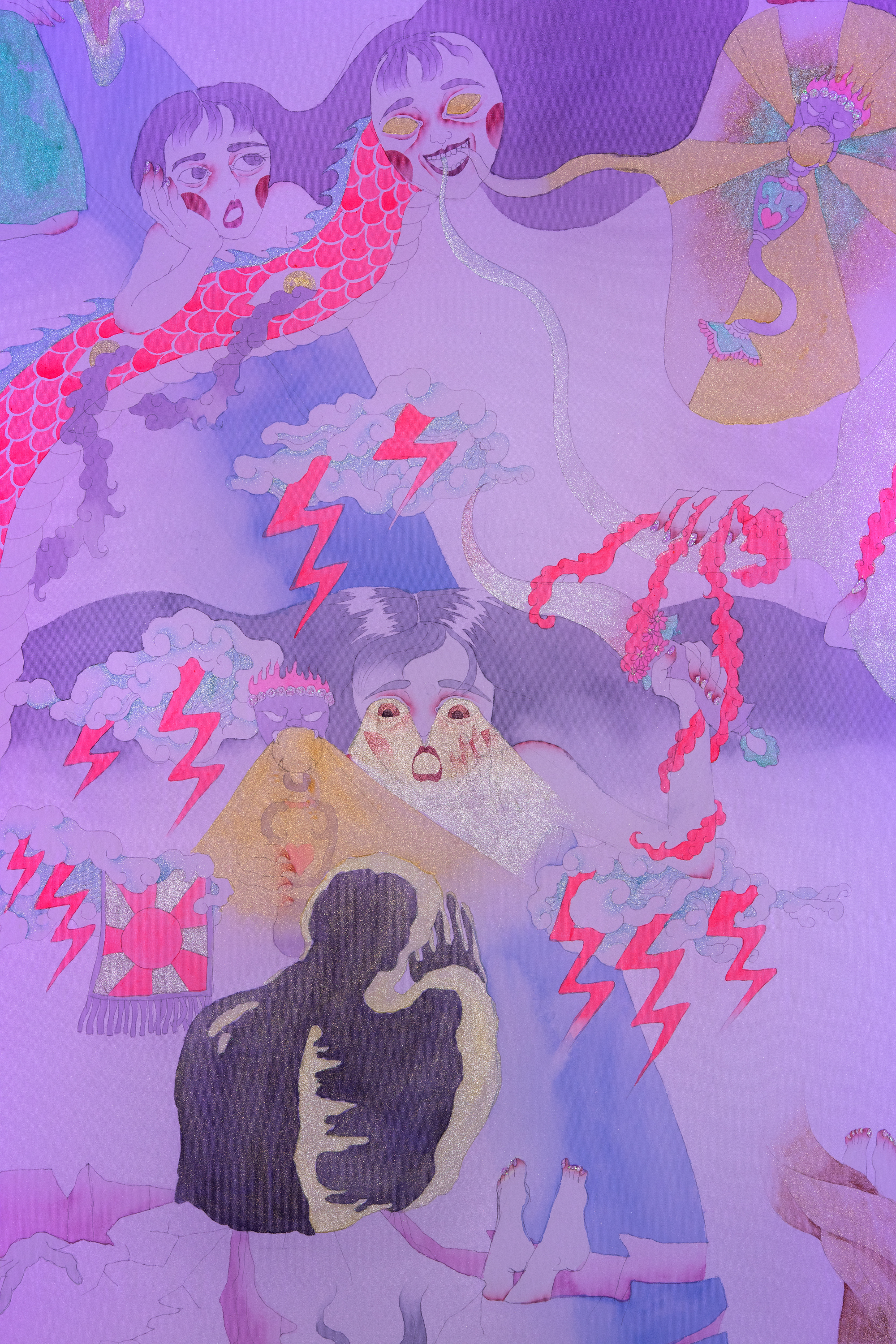
SN: I also find it to be such an interesting combination where you include aspects that are related to pop culture as well as ancient eastern painting. If you look closely you can see these mountains that resemble a Japanese woodblock print, but then you also include an emoji or a brand logo. You’re able to move back and forth between this ancient visual language and this very contemporary language.
G.E.: Yeah, and in the case of manga and ancient woodblock prints, they are both art forms from Japan that have been combined in contemporary work. You can see in a lot of manga and anime the ukiyo-e references that are already embedded in them. It’s so fascinating, how well they’re put together. And I like to borrow that kind of sensibility, that kind of visual language and transform it within my own style. So for example, I would look to ancient Chinese paintings that I used to study in school, or medieval Christian religious drawings that I saw in Bible study. It’s all of the elements that surround me. It’s almost like my identity. Those things become codes for me to create narratives that are beyond words.
SN: And those ideas also relate to your female figures, which are central to your work. In particular, I’m thinking of their white faces and red cheeks and how that references women in ancient Chinese painting, but also Chinese opera. The women also feel a bit like manga characters as well: they’re very cute, very beautiful, but there’s also a grotesque sensibility.
G.E.: Yeah, I think being in the US really affected how I approach my work because when I was in undergrad in Taiwan they were so different - ‘safer’ in their look and action. In the US I got to have a really safe space to explore that kind of girl. The complexity of a human being is so natural, especially from a female point of view. I came from a more repressive society with more traditional gender roles. So I don’t know, maybe when I entered the US, I started to break free of that. At first, I would disguise [controversial issues] with candy and this fairytale palette and it was more difficult to see through all these contradicting layers. I still do that in a different way now by including a ‘dumbing down’ or self-deprecating aspect. It also connects to entertainment culture.
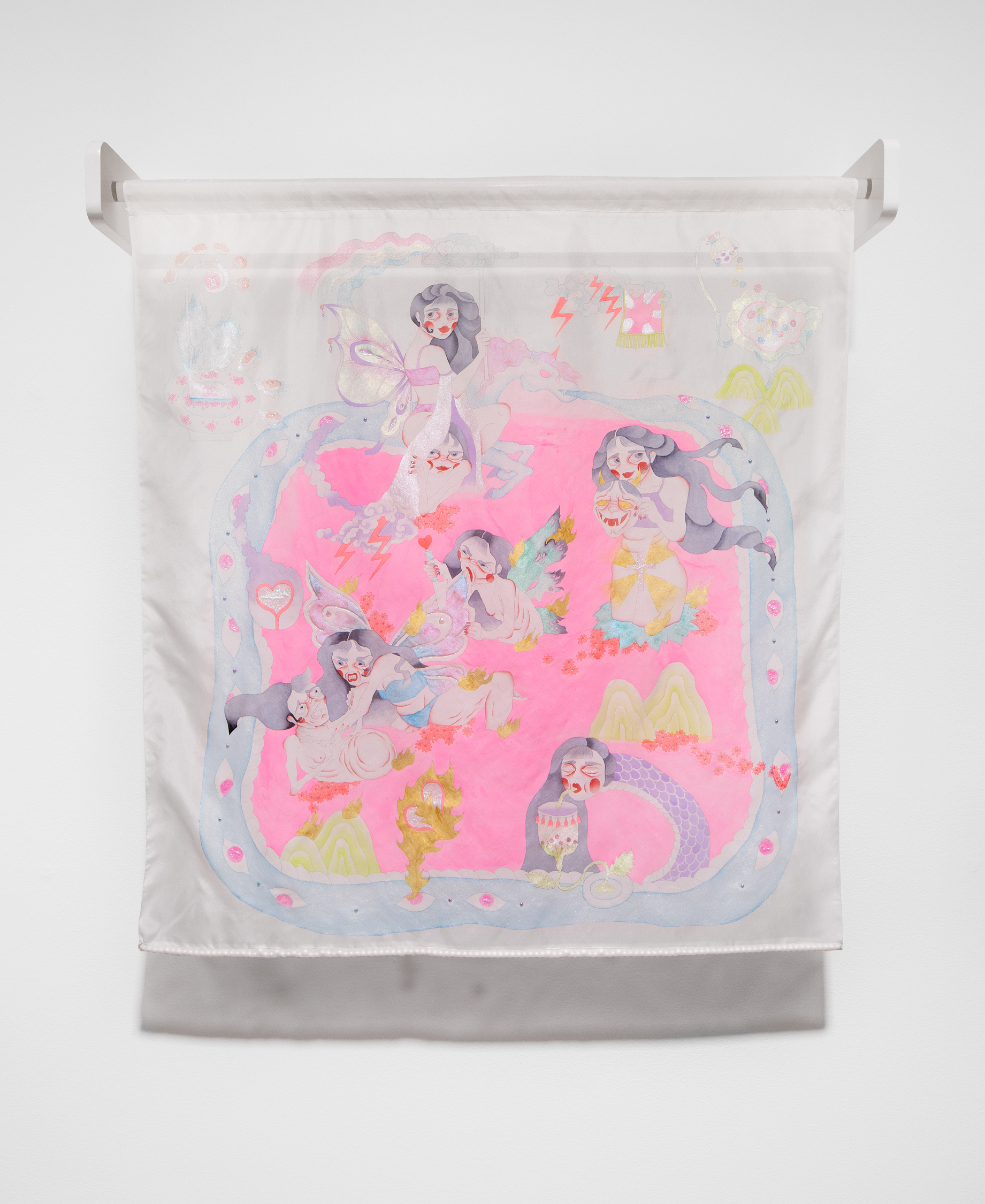
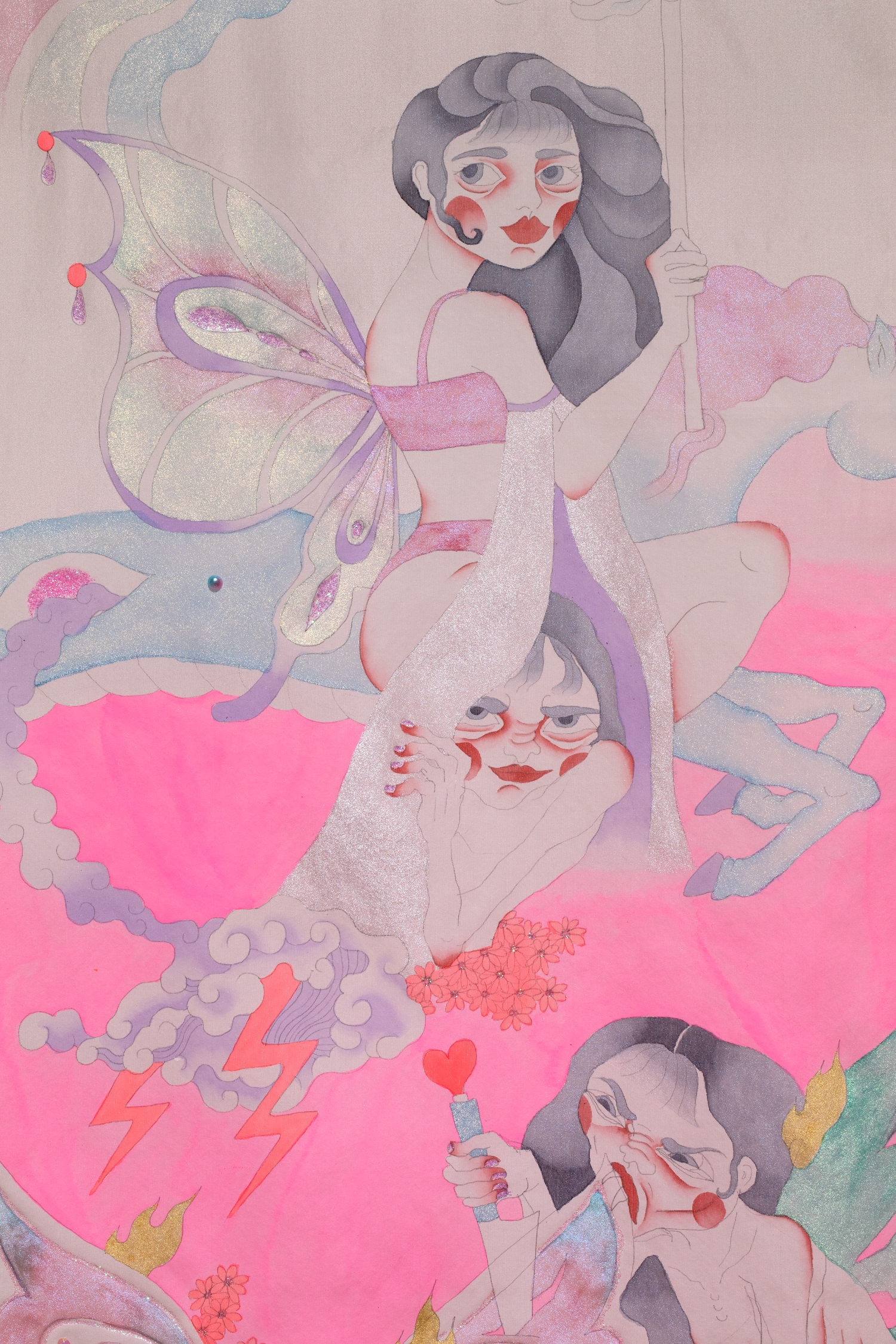
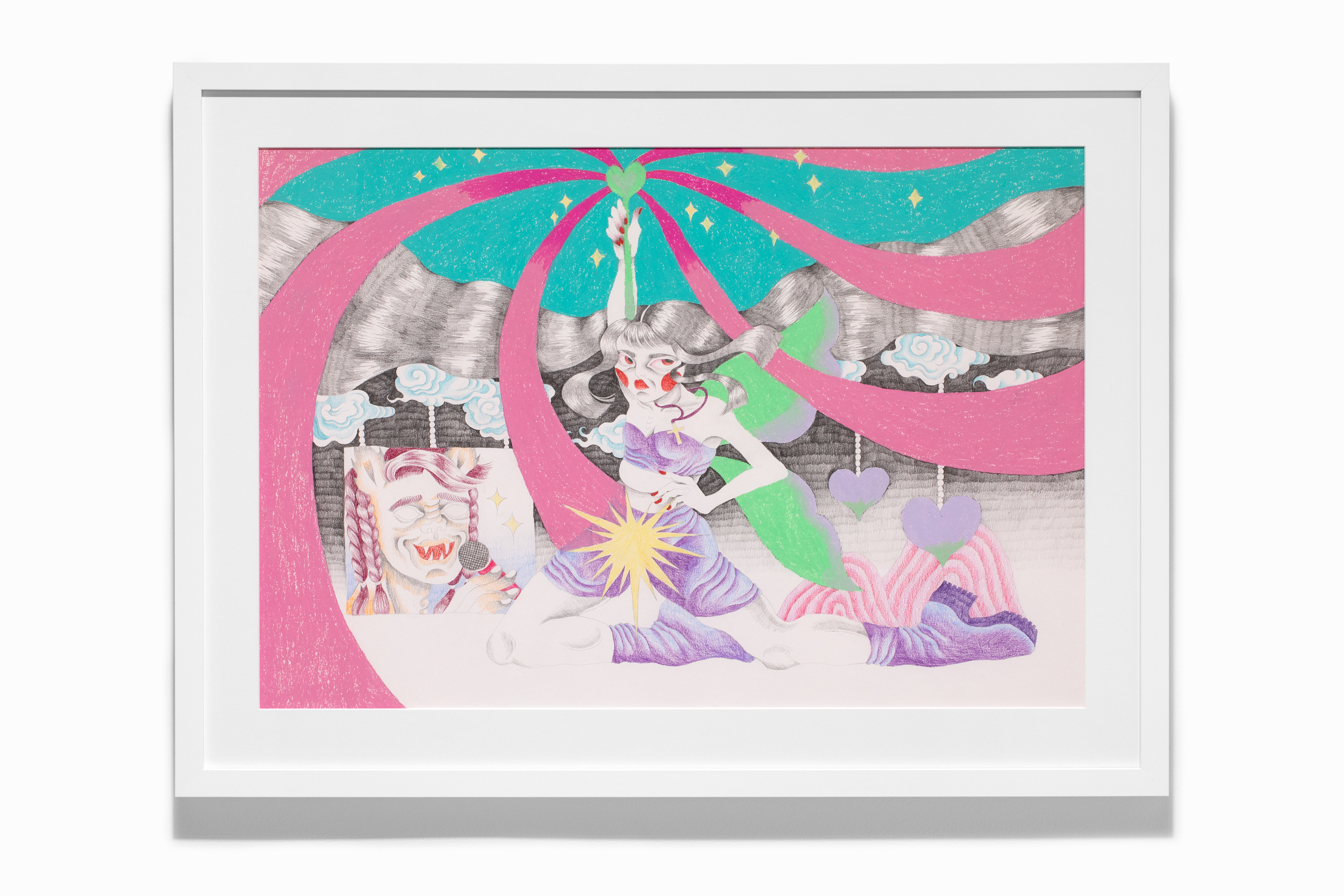
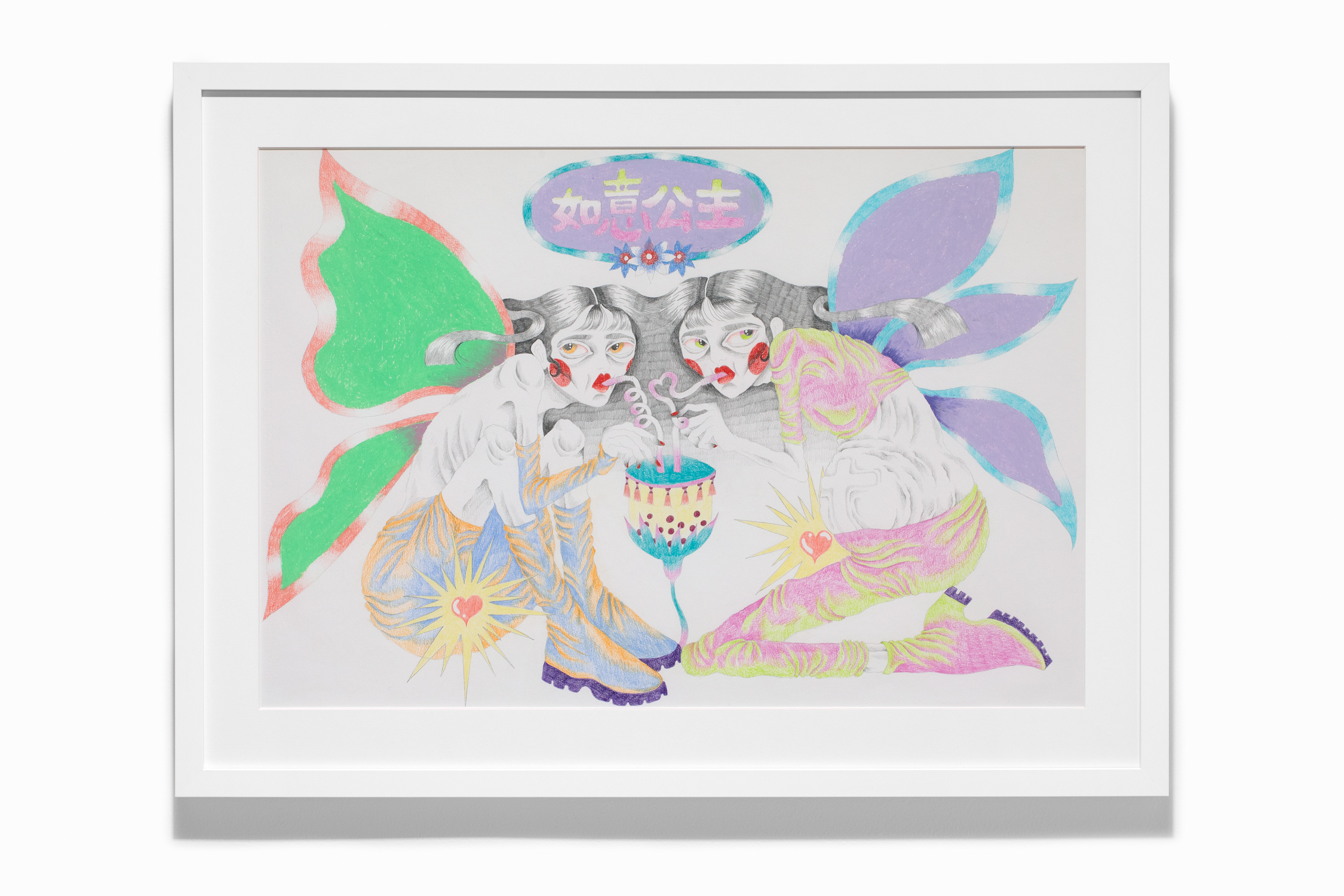
SN: The contradictions in your work are so important, and one I love is the opposing views when it comes to snake or dragon imagery; in Eastern cultures a snake is considered a god, and in Western cultures it is representative of evil or satanic forces. Similarly, you have these aspects of the female that are very superficial, but then they are contrasted with this idea of the woman as a goddess or a demon. So, in essence, you are exploring these mythological and stereotypical feminine extremes.
G.E.: I just love the way you interpret my work. Yeah. I guess I really like to tap into these things because to a lot of people around me to this day, it’s taboo to do it. I don’t really know what is ‘right’ and what is ‘wrong.’ I have an idea of what the cultures are saying, but I really just want to combine all of these contradicting elements - beliefs around me - together. I love exploring the snake and dragon woman and think I will for the rest of my life; continue to do more research about her. I am really glad that the art audience in the States gets it and can recognize the humor behind it.
SN: I definitely think we do. I also wanted to hear about your use of LED lights in your works. I know it isn’t just for the visual effect, but that it has a connection to Taiwan.
G.E.: Yeah. In a literal sense, it reminds me of home because you can see lights everywhere, at night markets or on billboards and architecture, or even at religious events. Everything is decorated with LED lights. It’s like, a very kitsch thing to do, but it’s also really authentic because they just really want to be loud. I really love that because I want to create this cheesy, sacred vibe almost.
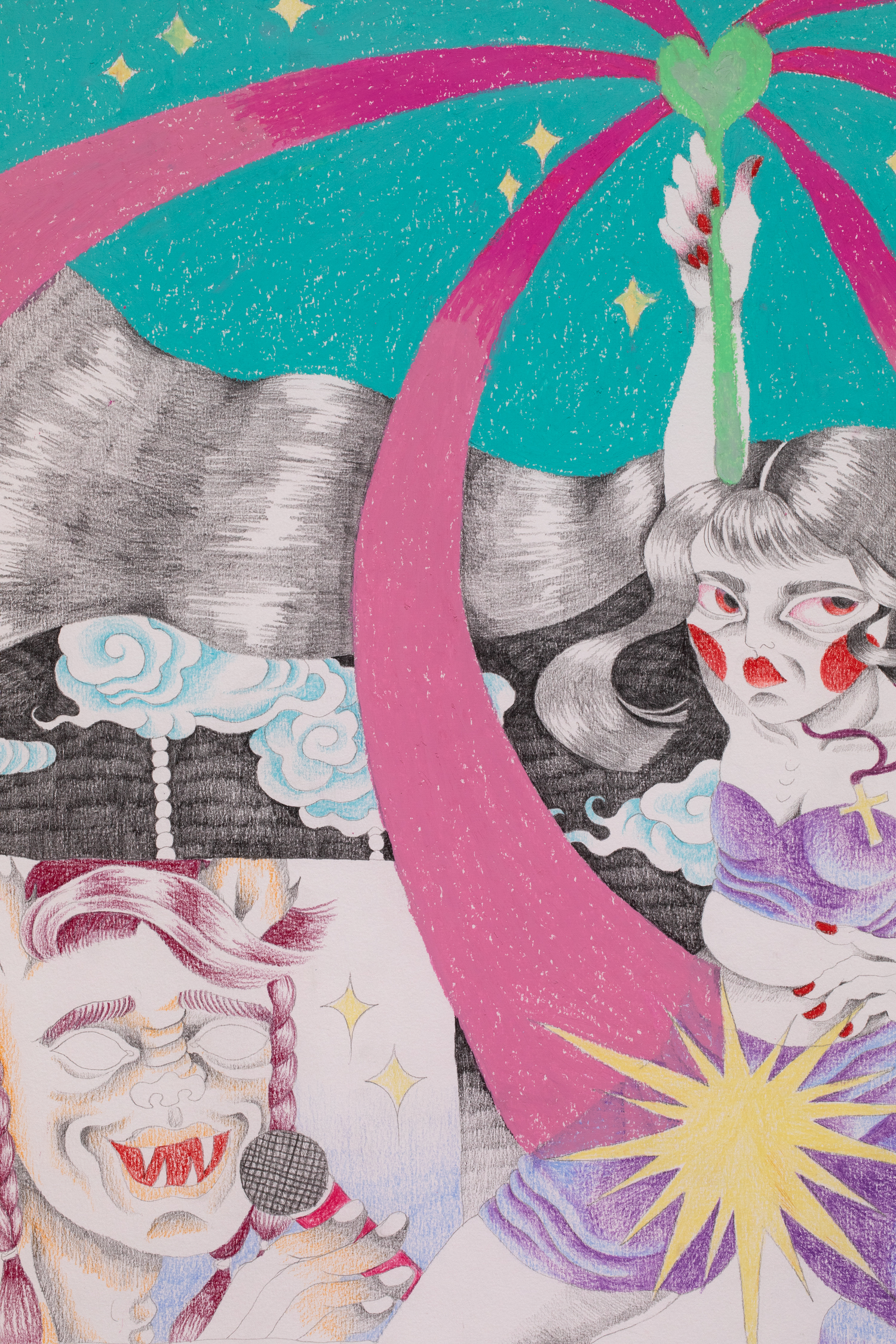
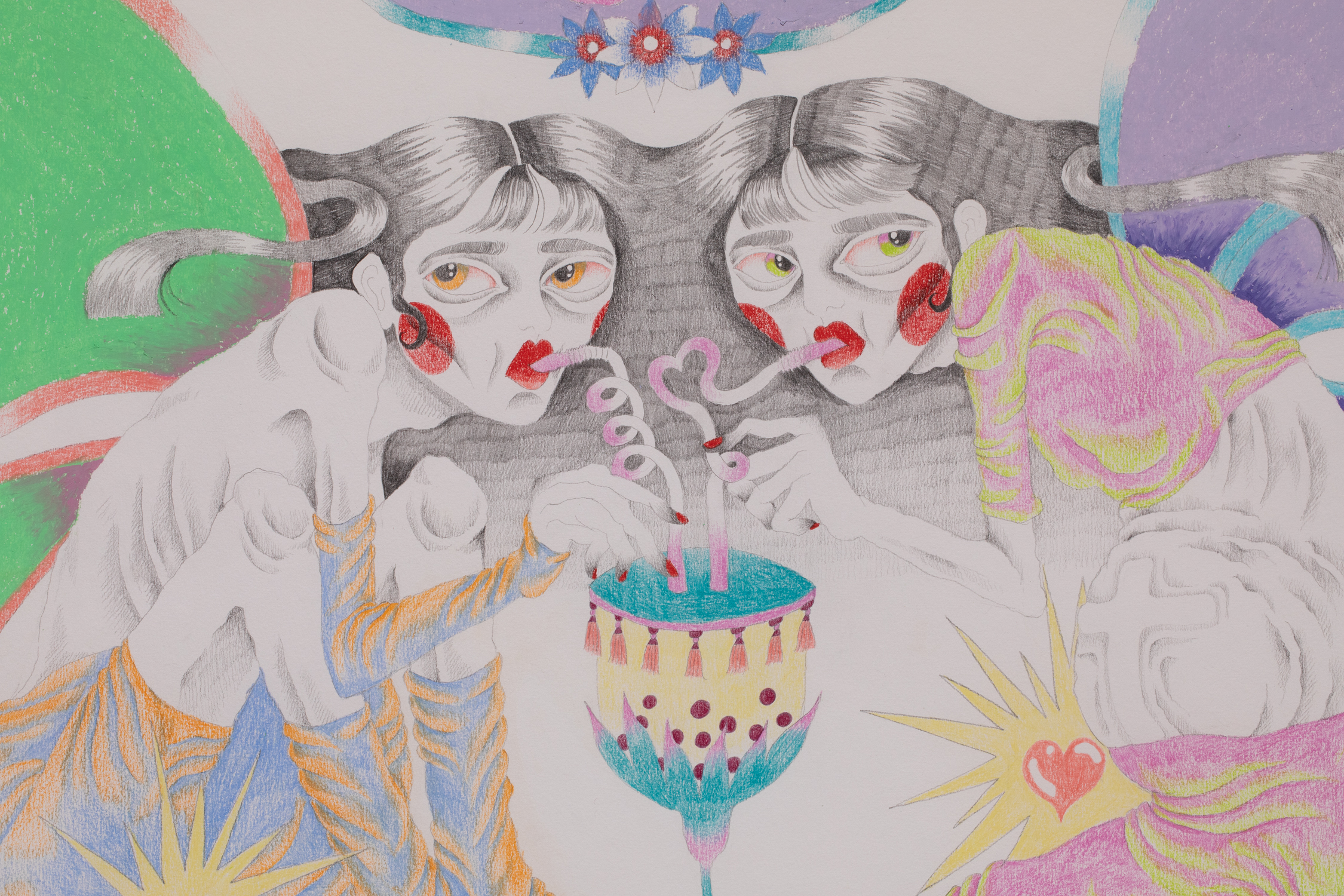
SN: That’s also the way you think about using silk, right?
G.E.: Yeah.
SN: And combining the silk with the LED lights has a particular result. You wouldn’t get that glow if you used canvas. You wouldn’t have the light permeating the surface, showing those hot spots of light.
G.E.: Yeah, I really love the combination of the two, where the LED transfers through the silk. That kind of visual effect is fascinating to me, and silk also has this duality of historical significance and contemporary kitschiness. Nowadays, it’s a mass produced fabric and the meaning has been lost. I just find that really interesting because again, I know that many people in Taiwan are offended by the way I used silk and LED light together.
I used to make rice paper works and when I was showing them in Taiwan, an art professor from another school yelled at me during the opening because I classified them as Chinese ink paintings, but he felt that they were mixed media. He was furious, like, “How dare you? That’s not Chinese ink painting. You’re misleading the audience. You’re lying.” There are just some people there that feel really strongly about keeping the tradition going and not straying from it.
SN: It sounds like it! That’s wild. So do you see many people using silk or rice paper the way that you do in Taiwan? Or is that pretty rare?
G.E.: I haven’t seen many people use silk in contemporary work. I see people doing traditional settings on silk, but with rice paper I think it’s now more common for people to do mixed media.
SN: What other aspects of popular culture or media - books, films, etc. - have been influential for your work?
G.E.: There are a lot of things that find their way into my research. For example, I really like this book called Infinite Jest by David Foster Wallace. It’s just so great. I love the idea of entertaining ourselves until the day we die.
SN: Did you read the whole thing??
G.E.: I tried to.
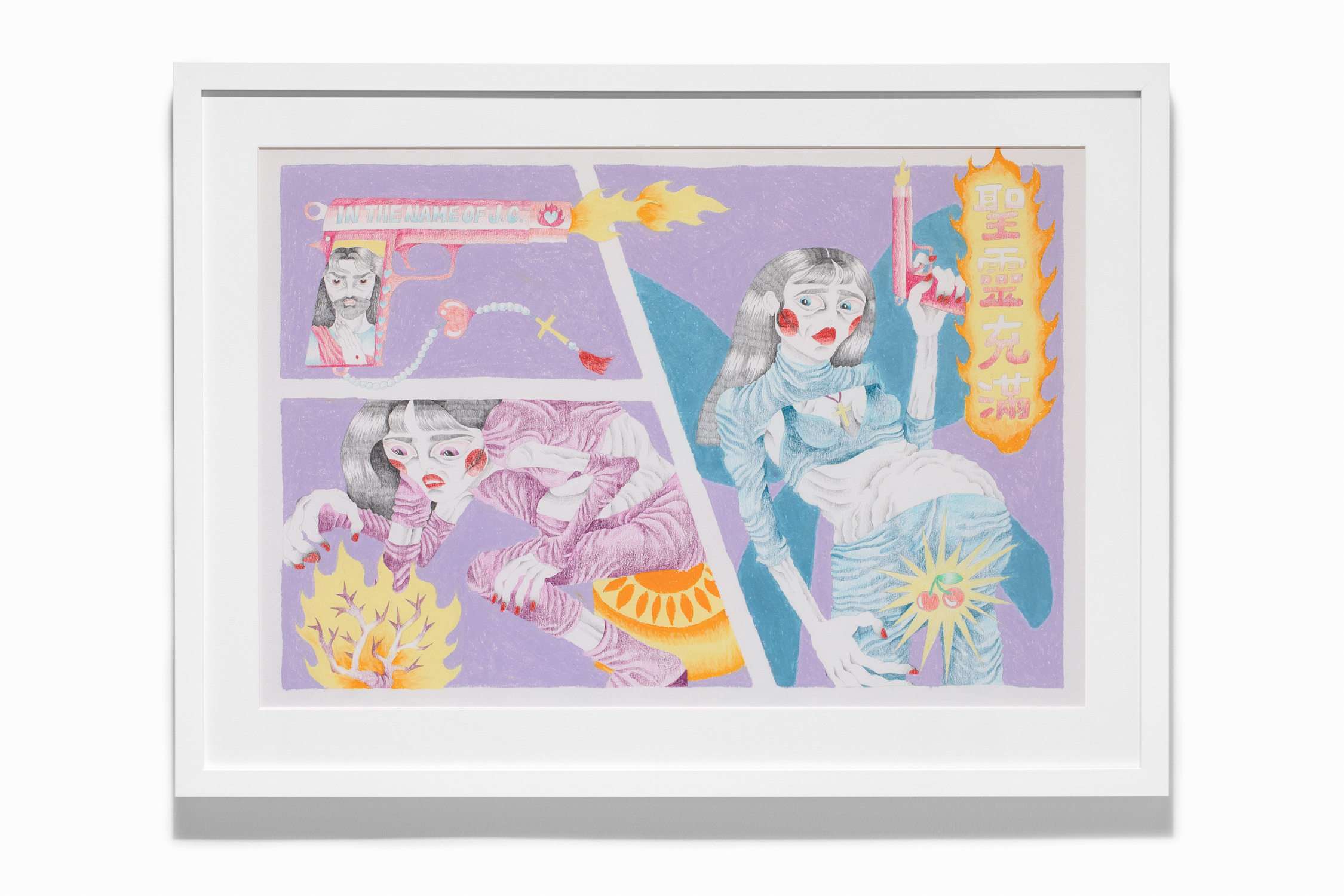
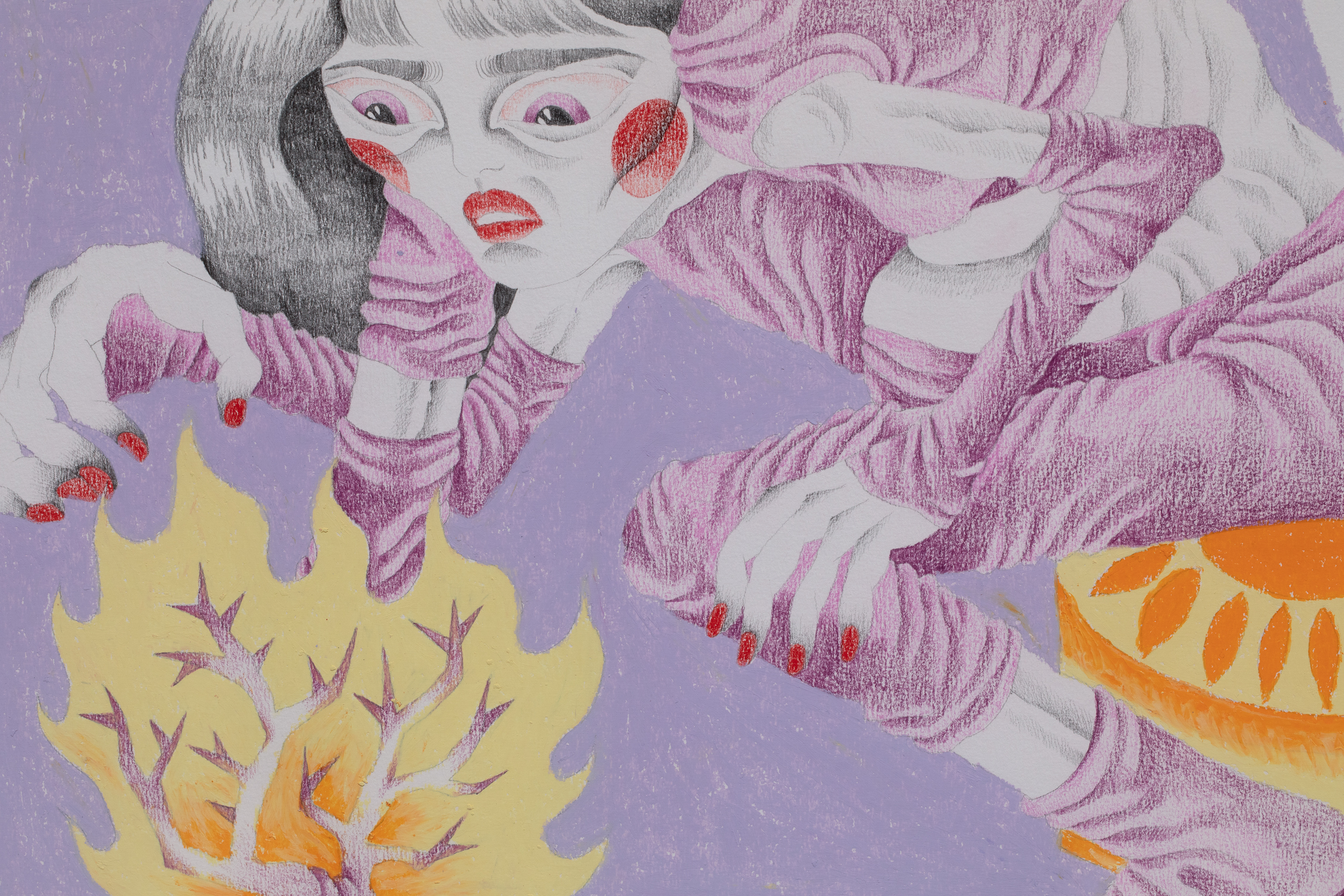
SN: I know, I tried too. I didn’t get to the end. I’d still love to read the whole book. People talk about it like it’s a marathon or an Everest of a book; you have to be ready to settle in and take it on.
G.E.: Me too. Yeah. Correct me if I’m wrong - I’m not an English native - but I feel like the way he uses sentences is very unique. I get lost.
SN: Yeah he definitely uses run-on sentences - stream of consciousness writing.
G.E.: Yeah, I do want to finish that one day. And also movies are a big inspiration. I really love Christopher Nolan’s movies. He’s just such a master in the way he taps into very delicate scientific theories, but explores topics that cannot be explained by science. I find it really inspiring to see how he uses this scientific language to talk about philosophical issues that are so abstract.
SN: Well, thank you so much! I could talk to you about your work forever. I’m so excited to show everyone what you’ve been working on.
G.E.: Yeah! It’s been such a blast to talk to you. Thank you.
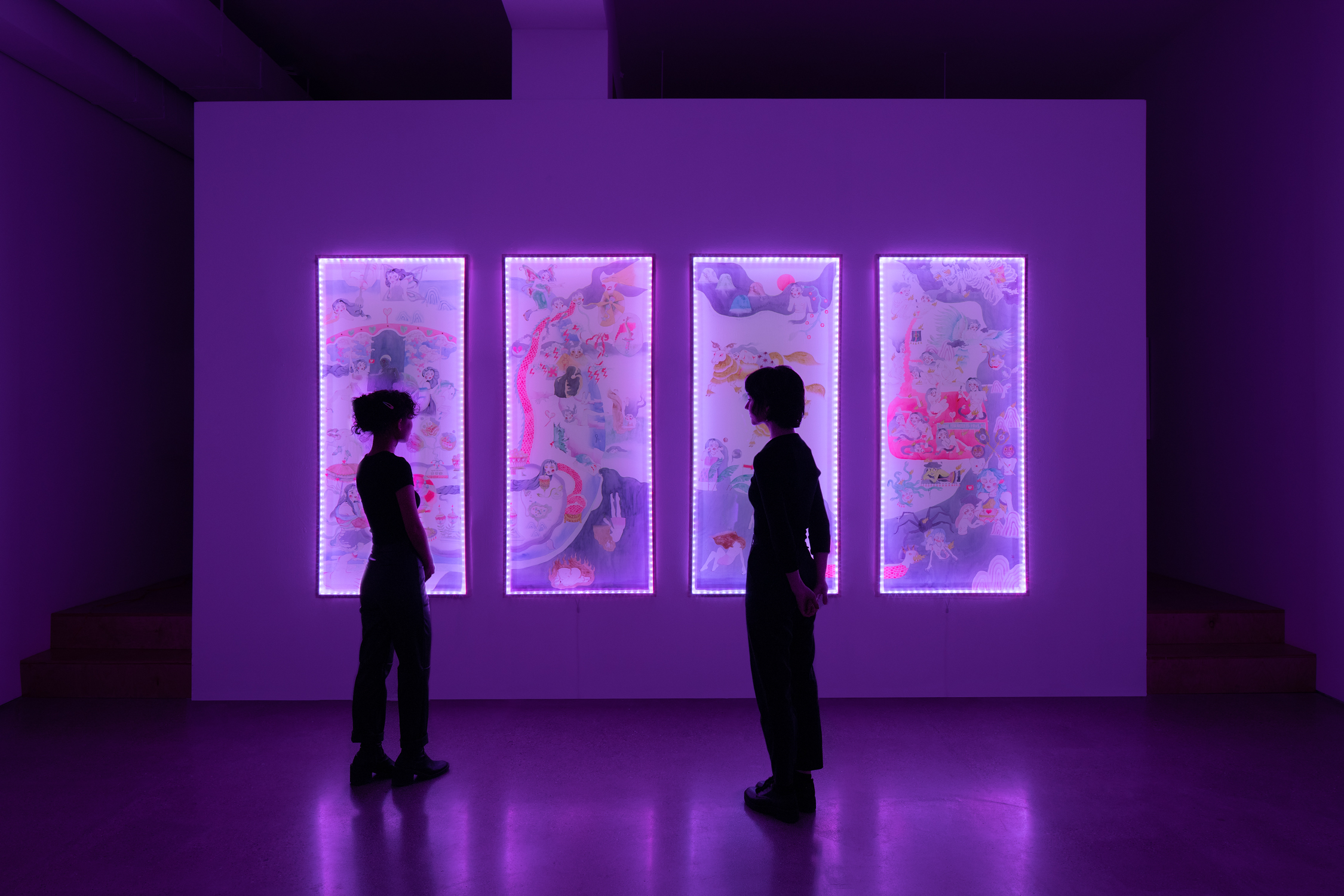

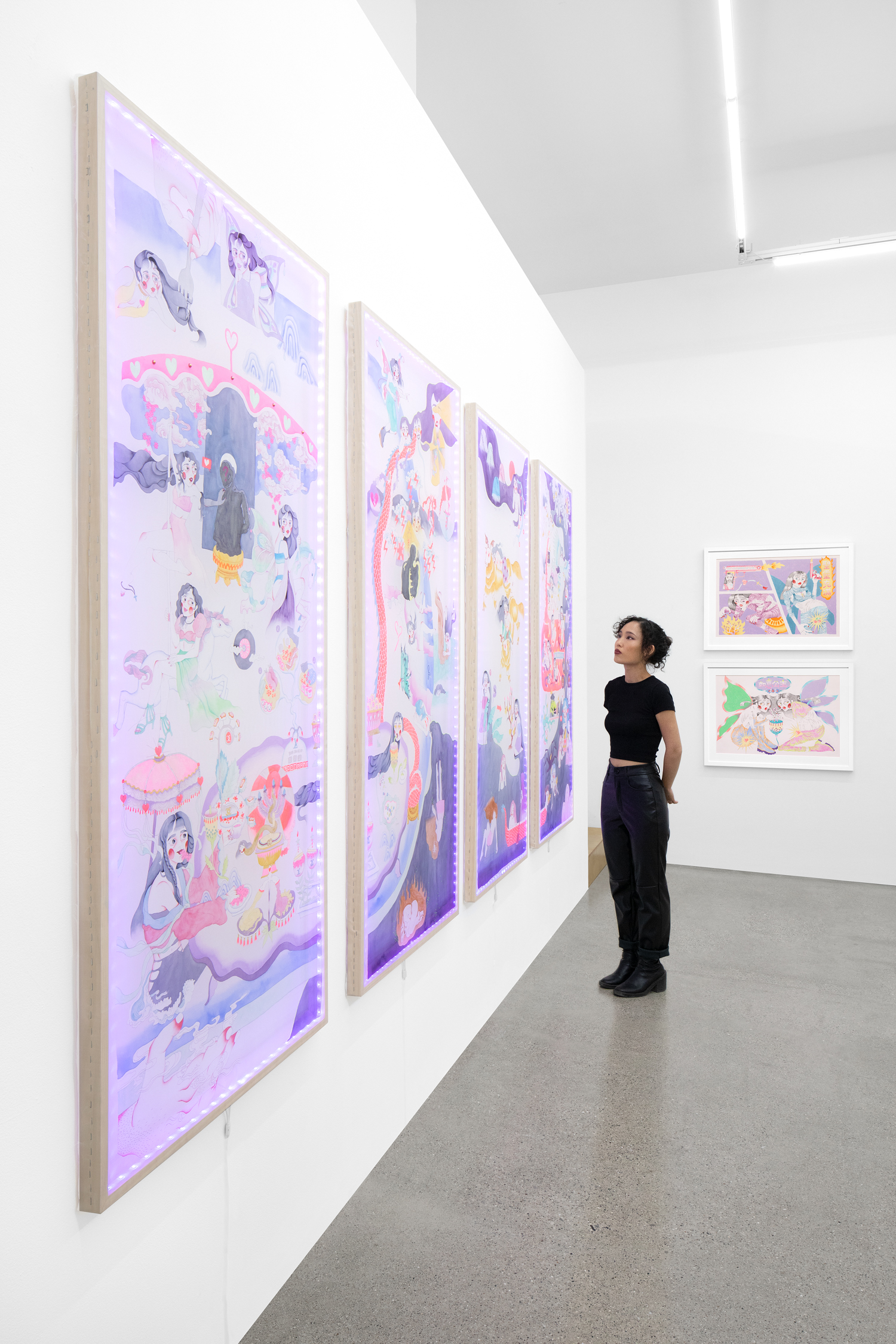
All Images Courtesy of the artist and Louis Buhl & Co.